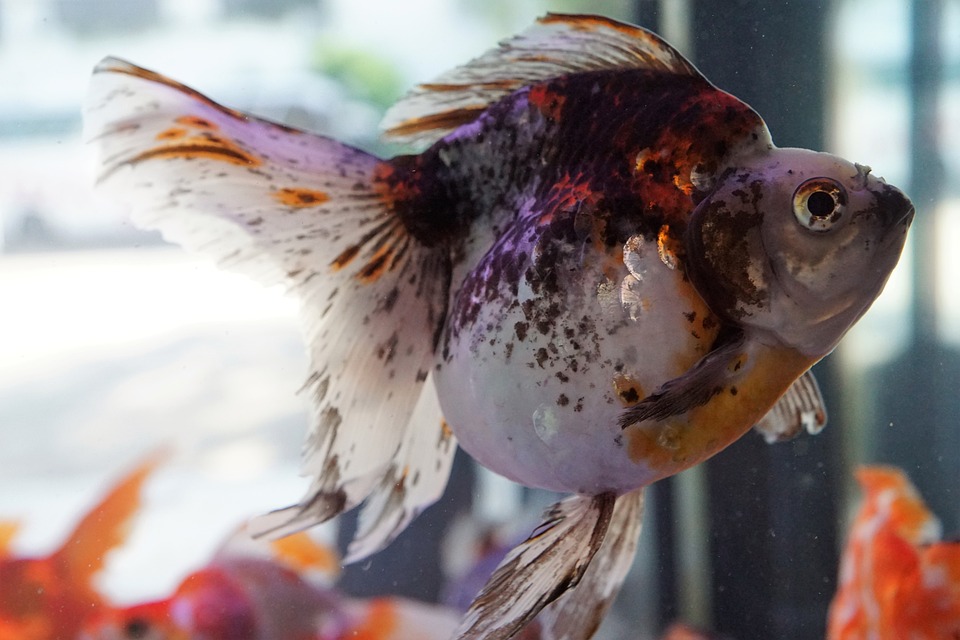Understanding social interactions among fish is crucial for gaining insights into their behavior and the dynamics of aquatic ecosystems. Fish exhibit a wide range of social behaviors, from group formation and hierarchy establishment to communication methods and reproductive strategies. By studying these interactions, we can better appreciate the complexities of fish behavior.
One important distinction in fish social interactions is between shoaling and schooling. Shoaling refers to loosely organized groups of fish that gather for foraging, protection, or reproduction. Schooling, on the other hand, involves highly coordinated movements and synchronized behavior, often seen in species like herring or sardines. Both shoaling and schooling provide advantages to fish, such as increased protection against predators and enhanced foraging efficiency.
Aggression and dominance also play a significant role in fish social interactions. Within a group, there is often a hierarchical structure where dominant individuals have preferential access to resources and mates. Factors like size, aggression displays, and territorial behavior contribute to the establishment of dominance. Aggression displays can include fin flaring, lateral displays, or aggressive posturing. Territorial behavior involves defending a specific area or territory from intruders.
Reproductive behavior is another important aspect of fish social interactions. Courtship rituals and mate selection are often intricately choreographed, with males displaying vibrant colors or performing elaborate dances to attract females. Parental care is also common in many fish species, with parents guarding eggs or providing protection and food for their offspring. Some fish species exhibit spawning aggregations, where large numbers of individuals gather at specific locations for synchronized reproduction.
Cooperative behavior is observed in certain fish species, where individuals work together for hunting, foraging, or defense. Group hunting techniques, like encircling or herding, are employed to catch prey more effectively. Mutual defense strategies involve forming a united front against predators, increasing the chances of survival for the group. Cooperative brood care is also seen in some fish species, where multiple individuals share the responsibilities of protecting and raising offspring.
Several factors influence fish social interactions. Habitat and environmental factors, such as the type of habitat, water quality, and seasonal variations, can impact social behavior. Different species-specific characteristics, such as size, body shape, feeding habits, and ecological niche, also influence social interactions. Social cues and communication, including visual signals, chemical signals, and acoustic communication, play a crucial role in facilitating social interactions among fish.
To further understand fish social interactions, here are some frequently asked questions (FAQs):
1. Are all fish social creatures?
Not all fish species are considered social creatures. While some prefer a solitary lifestyle, others form complex social groups.
2. How do fish establish dominance within a group?
Dominance within a fish group is established through mechanisms like size, aggression displays, and territorial behavior. Dominant individuals often occupy the best resources and have preferential access to mates.
3. Do fish form long-term social bonds?
While some fish species form long-term social bonds, like monogamous pairs or cooperative breeding groups, many fish exhibit flexible social structures and may change their affiliations depending on environmental conditions.
4. Can fish recognize individuals from their own species?
Research suggests that some fish species can recognize and remember individuals from their own species. This recognition is often based on visual cues, chemical signals, or acoustic communication.
5. Do different fish species interact with each other?
Interactions between different fish species can vary. Some species may exhibit mutualistic relationships, like cleaner fish and their clients, while others may compete for resources or prey on each other. The nature of these interactions depends on the ecological niche and behavior of each species.
In conclusion, understanding social interactions among fish provides valuable insights into their behavior and the intricate dynamics of aquatic ecosystems. From shoaling and schooling to aggression and cooperation, fish behavior is shaped by various factors. By studying these interactions, we gain a deeper understanding of how fish survive, reproduce, and thrive in their natural habitats.









